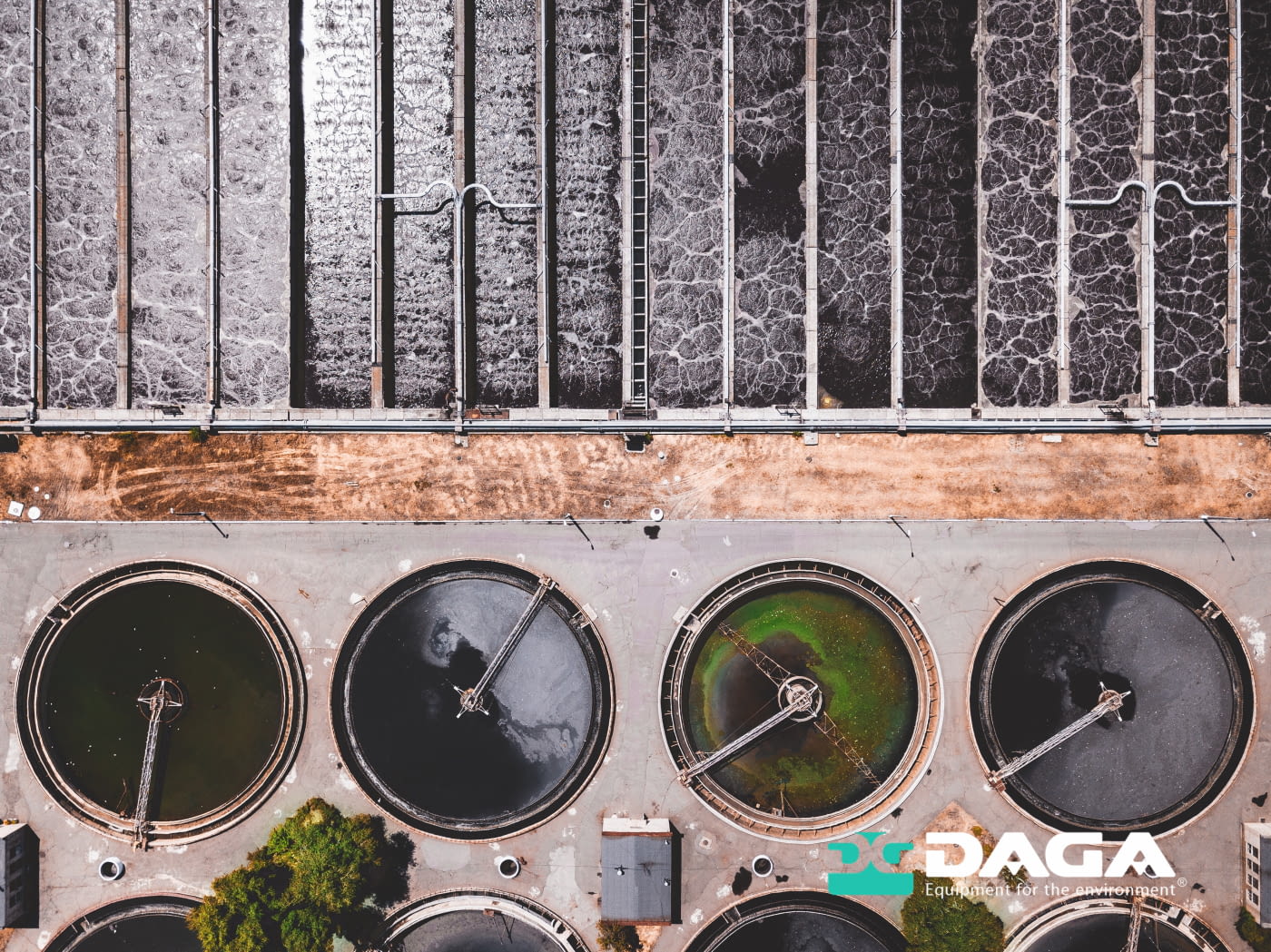
Water disinfection is a necessary process in order to be able to use this scarce commodity in our daily lives. However, incorrect water treatment can have such adverse effects as endangering public health, since water is present in our lives not only for consumption, but also for domestic use, for cleaning public areas, for irrigation of crops, for the operation of different machines at industrial level, etc.
In all these cases, physical agents, such as heat or ultraviolet rays, and chemical agents, such as chlorine or bromine, are responsible for water disinfection, but they are not the only ones. Industrial purification plants are responsible for providing cities with the water supply they need for their proper development.
Today we will see how to disinfect water through purification and what factors influence this technique in order to obtain clean water free of impurities:
In all these cases, physical agents, such as heat or ultraviolet rays, and chemical agents, such as chlorine or bromine, are responsible for water disinfection, but they are not the only ones. Industrial purification plants are responsible for providing cities with the water supply they need for their proper development.
Today we will see how to disinfect water through purification and what factors influence this technique in order to obtain clean water free of impurities:
Water purification
This process is also very useful, especially for giving water a second life. Purification consists of removing pollutants from water by chemical, physical and biological processes in order to return it to its original environment, i.e. to rivers, reservoirs or to irrigate farmland.
Therefore, the water is used for industrial processes and production of goods, thanks to the Waste Water Treatment Plants (WWTP), which are in charge of processing the water, generally from urban centres and industrialised areas.
The different forms of water treatment depend on the agents involved. Let's see what they are and some examples:
Therefore, the water is used for industrial processes and production of goods, thanks to the Waste Water Treatment Plants (WWTP), which are in charge of processing the water, generally from urban centres and industrialised areas.
The different forms of water treatment depend on the agents involved. Let's see what they are and some examples:
- Physical agents: mechanisms inherent to the nature of the planet are used to disinfect water, following the hydrological cycle with techniques such as evaporation, sedimentation, absorption, or flotation, based on scientific phenomena such as centrifugal force, gravitational force, or retention force.
- Chemical agents: this involves the use of chemical products, such as aluminium sulphate or ferric sulphate, to provoke reactions in the water to eliminate its suspended particles and turbidity, i.e. its loss of transparency and appearance of dirt. Examples in the purification process are coagulation, flocculation, oxidation, or absorption.
- Biological agents: this is the most complex process but can be the most effective for total water purification. It consists of the use of certain benign bacteria to feed on other micro-organisms that are harmful to water quality and health and thus eradicate them from the fluid, such as bacteria beds, lagooning, activated sludge or soil filtration systems.
For the correct purification of water, solids must be removed from the mixture from larger to smaller sizes, just as in the drinking water treatment and desalination processes. In this case, the pre-treatment of the water consists of filtering through a screen those elements, such as fish or branches, that could cause a breakdown in the purification plants.
This is followed by primary water treatment, based on the separation of other substances such as oil, sand or suspended fats. The next step is the secondary treatment, which removes organic matter through biological processes, and finally the tertiary treatment is responsible for the eradication of residual pathogens to obtain clean water with its natural properties.
Other factors influencing disinfection
We have seen that having the appropriate machinery in charge of the different disinfection processes can guarantee the quality of water, whether for daily consumption or for other uses.
However, there are a series of conditioning factors that lengthen or shorten the life expectancy of the bacterial agents involved in water corruption:
However, there are a series of conditioning factors that lengthen or shorten the life expectancy of the bacterial agents involved in water corruption:
- Contact time of the disinfectant. There are substances, such as ozone, that need less exposure time to water than other disinfectants, such as chlorine.
- Concentration of the disinfectant. The amount of disinfectant to be applied will vary depending on the level of impurity in the water and the volume of the fluid. Together with the variable of concentration and contact time, the milligrams per litre necessary for the correct disinfection can be obtained.
- Water temperature. The higher the water temperature, the faster the reaction speed of the disinfectant. In addition, each disinfectant has a pH level (acidity) indicated for each solution and effective for the treatment of different diseases that proliferate at a specific pH level, such as polio or Escherichia coli.
DAGA, commitment to clean and healthy water
At DAGA we work to provide the world with the water it deserves, through our WWTP wastewater treatment systems, industrial water treatment and our irrigation water filtration and roughing systems. With a strong passion for the work we do and for a more sustainable future with our own WWTP wastewater treatment plants.
If you are interested in knowing more about the environment and water quality, you can visit our news section.
If you are interested in knowing more about the environment and water quality, you can visit our news section.


